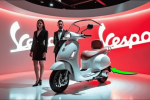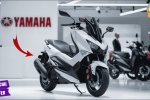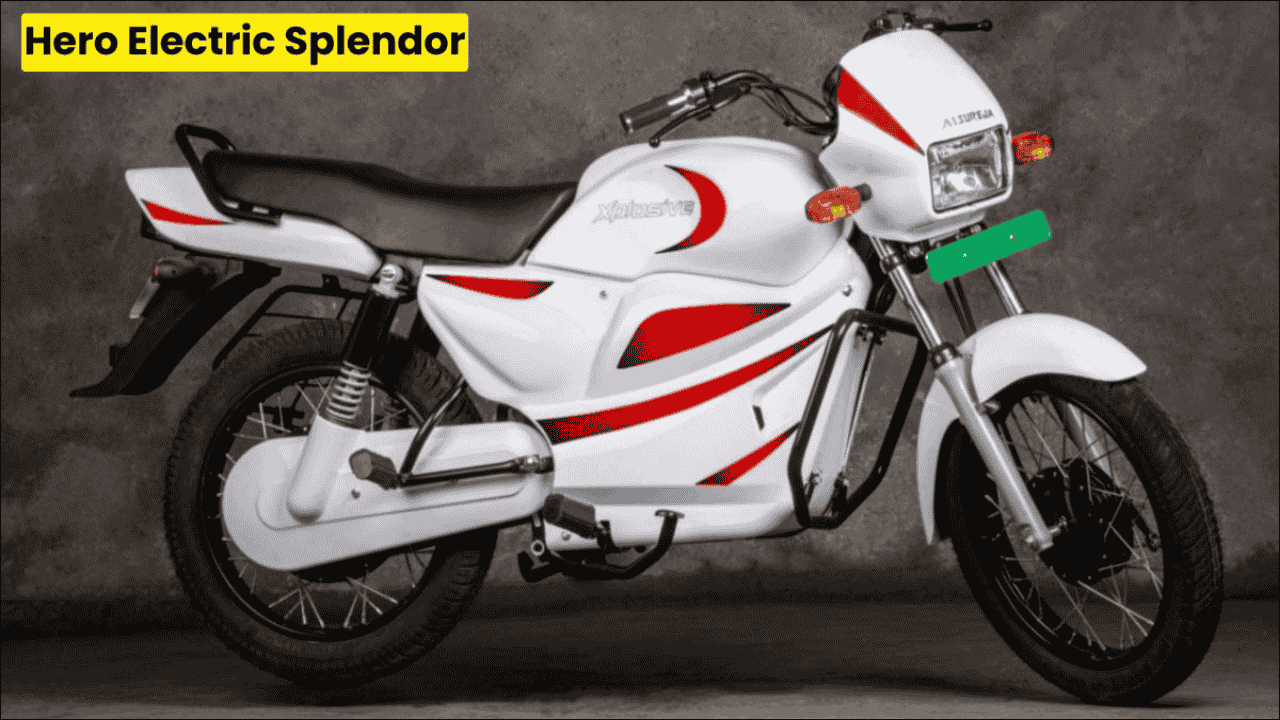
The Indian sedan segment is set for another exciting chapter as the Hyundai Verna, Honda City’s most formidable rival, has been spotted testing with a comprehensive design facelift. As the current segment leader in terms of pure power output, the Verna is preparing to refresh its already aggressive styling while maintaining its performance crown.
This strategic update comes at a crucial time when compact sedans face intense pressure from the SUV boom, making every enhancement significant for maintaining market relevance and buyer interest.
Table of Contents
The Performance King Gets a Makeover
The Hyundai Verna currently holds the undisputed power crown in its segment, featuring a 1.5-liter turbo petrol engine that delivers an impressive 158 bhp and 253 Nm of torque. This substantial output gives it a clear performance advantage over all competitors, including the Honda City, Volkswagen Virtus, and Skoda Slavia.
Recent spy shots reveal that the 2026 Hyundai Verna facelift is well into development and will launch sooner than expected. The current generation, introduced in 2023, has established itself as a technological and performance benchmark, and this mid-cycle refresh aims to strengthen its market position further.
Current Verna Performance Leadership:
| Competitor | Engine | Power | Torque | Verna Advantage |
|---|---|---|---|---|
| Hyundai Verna | 1.5L Turbo | 158 bhp | 253 Nm | Segment leader |
| Honda City | 1.5L Hybrid | 126 bhp | 253 Nm | +32 bhp more |
| VW Virtus | 1.0L TSI | 114 bhp | 178 Nm | +44 bhp more |
| Skoda Slavia | 1.0L TSI | 114 bhp | 178 Nm | +44 bhp more |
Design Evolution: Refining the Bold Statement
The current Verna is renowned for its polarizing yet striking design that creates an unmistakable road presence. The sedan features a distinctive space-ship-like appearance with a full-width LED light bar front and rear, coupled with a sportback-inspired silhouette that projects aggressive visual appeal.
The upcoming facelift will refine these bold design elements while preserving the car’s distinctive character. Spy shots suggest subtle but meaningful changes focusing primarily on front and rear bumper redesigns.
Expected Design Updates:
| Area | Current Design | Expected Changes |
|---|---|---|
| Front Fascia | Bold LED light bar | Revised bumper, updated air intakes |
| Rear Section | Full-width LED strip | Tweaked tail light graphics |
| Aerodynamics | Sportback silhouette | Enhanced aerodynamic profile |
| Overall Theme | Aggressive, distinctive | Refined but maintains boldness |
The exterior modifications will likely enhance aerodynamic efficiency while ensuring the Verna retains its eye-catching presence that has become its signature trademark.
Interior Upgrades and Advanced Technology
The interior of the Verna facelift is expected to receive significant attention, building upon the current model’s already impressive cabin design. The most anticipated upgrade includes larger 12.3-inch screens for both the touchscreen infotainment system and digital instrument cluster, similar to those seen on the Kia Syros.
Anticipated Interior Enhancements:
| Feature | Current Spec | Expected Upgrade |
|---|---|---|
| Display Size | Dual-screen setup | Larger 12.3-inch screens |
| Connectivity | Standard smartphone integration | Enhanced wireless connectivity |
| Comfort | Standard ventilated front seats | Possible rear ventilated seats |
| Ambiance | Current ambient lighting | Improved lighting options |
| Materials | Premium upholstery | Upgraded material quality |
The addition of rear ventilated seats would be particularly significant, as this feature remains rare in the segment and would provide another competitive advantage.
Performance Advantage Continues Unchanged
The Verna facelift will retain its current powertrain lineup, maintaining its performance leadership position. The decision to keep the proven engine options demonstrates confidence in their competitive advantage and market acceptance.
Engine Options Breakdown:
| Engine Type | Displacement | Power | Torque | Transmission Options |
|---|---|---|---|---|
| Naturally Aspirated | 1.5L Petrol | 115 bhp | Standard torque | 6MT/CVT |
| Turbocharged | 1.5L Turbo | 158 bhp | 253 Nm | 6MT/7DCT |
The turbocharged engine remains the most powerful in its segment, delivering 10 bhp more than the TSI engines in Virtus and Slavia, and significantly outpowering the Honda City Hybrid’s combined output.
Competitive Market Position
The Verna operates in an intensely competitive segment where manufacturers constantly evolve their offerings. Currently positioned as the third best-selling sedan in its class, trailing the Volkswagen Virtus and Skoda Slavia, the facelift aims to improve sales performance.
Current Market Standing:
| Position | Model | Key Strengths | Market Appeal |
|---|---|---|---|
| 1st | VW Virtus | Build quality, refinement | European engineering |
| 2nd | Skoda Slavia | Design, features | Premium positioning |
| 3rd | Hyundai Verna | Performance, technology | Sporty character |
| Alternative | Honda City | Reliability, space | Conservative buyers |
Technology and Safety Leadership
The current Verna already leads the segment in technology and safety features, including a cutting-edge Level 2 ADAS system for intelligent driving assistance. The facelift is expected to enhance these capabilities with additional autonomous functions and improved system performance.
Technology Package:
| Safety Feature | Current Status | Expected Enhancement |
|---|---|---|
| ADAS Level | Level 2 autonomous | Additional functions |
| Safety Rating | 5-star rating | Maintained standards |
| Connectivity | Advanced infotainment | Improved integration |
| Driver Assistance | Multiple systems | Enhanced performance |
Expected Launch and Pricing
Hyundai is targeting a festive season 2025 launch for the Verna facelift as a model year 2026 version. This strategic timing aligns with peak car buying season when sales typically surge.
Pricing Expectations:
| Variant Level | Current Price | Expected Facelift Price | Increase |
|---|---|---|---|
| Base Variant | ₹11.07 lakh | ₹11.27-11.57 lakh | ₹20,000-50,000 |
| Top Variant | ₹17.55 lakh | ₹17.75-18.05 lakh | ₹20,000-50,000 |
The marginal price increase reflects the addition of new features while maintaining competitive positioning against rivals.
Market Impact and Consumer Benefits
The Verna facelift represents Hyundai’s commitment to the sedan segment despite SUV market dominance. For consumers, it promises enhanced features and refreshed aesthetics without compromising the proven performance and reliability that has made the Verna popular.
The retention of existing powertrains ensures buyers continue enjoying segment-leading performance while benefiting from improved refinement and additional features.
Frequently Asked Questions
Q: When will the new Hyundai Verna facelift be launched in India?
A: The facelift is expected to launch around the festive season of 2025 as a model year 2026 version, making it available in showrooms during the peak car buying period.
Q: Will the Verna facelift get more powerful engines than the current model?
A: No, the powertrain options will remain unchanged, with the 1.5L turbo continuing to produce 158 bhp, maintaining its position as the most powerful engine in the segment.
Q: What are the major design changes expected in the Verna facelift?
A: The facelift will feature subtle refinements including revised front and rear bumpers, updated air intake patterns, and tweaked tail light graphics while maintaining the distinctive bold character.
Q: How much will the price increase for the Verna facelift compared to the current model?
A: A marginal price hike of ₹20,000-50,000 is expected across variants due to the addition of new features and design updates, keeping it competitively positioned in the segment.








